Turtles are not a prey item often considered by fly anglers.
Even though adult turtles are mostly left alone, many fish will opportunistically feed on young turtles that they can swallow whole. As seen in the video below, perhaps we shouldn’t be so quick to dismiss turtles as prey items.
That’s evidence for turtle predation by saltwater fish atleast, but what about freshwater fish? Freshwater fish and turtle species differ significantly from those found in saltwater. Do freshwater fish prey on turtles?
Turns out, there’s quite a bit of documentation around largemouth bass aggression towards turtles. Enough so that there are multiple Turtle Lure (Amazon Link) available on the market. Even though Freshwater turtles seem to be preyed on less frequently than their saltwater counterparts, there are reports of big largemouth bass and pike with baby turtles in their stomachs.
What about their shell though? Turns out, that if a fish can swallow it whole, it doesn’t offer a whole lot of protection. Many other hard-bodies species such as crabs, lobsters, and crayfish are preyed upon heavily, why should turtles be any different?
I suspect turtle predation is mostly opportunistic. When given a choice between a hard-bodied prey item and a soft-bodied prey item, studies show most predatory fish do prefer softer-bodied prey.
Pat Cohen’s Deer Hair Sea Turtle
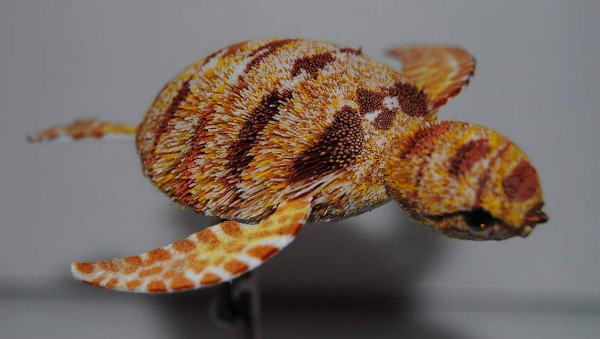
Credit to Pat Cohen over at Super Fly for this fun fly pattern.
Pat Cohen does some amazing things with deer hair, so I shouldn’t have really been surprised when I saw he made a deer hair sea turtle fly. Not only is it impressive artistically, I’d love to pair it with a sinking line. The buoyancy combined with a sinking line of the right IPS sink rate would be ideal for fishing this right under the surface of the water.
Looks to be a twist on his better-known baby bird fly pattern, which by the way I’ve caught a few pike on my sub-par version of that fly (and am trying to hook into a musky on one as well).
Graham Owen’s Baby Red-Eared Slider
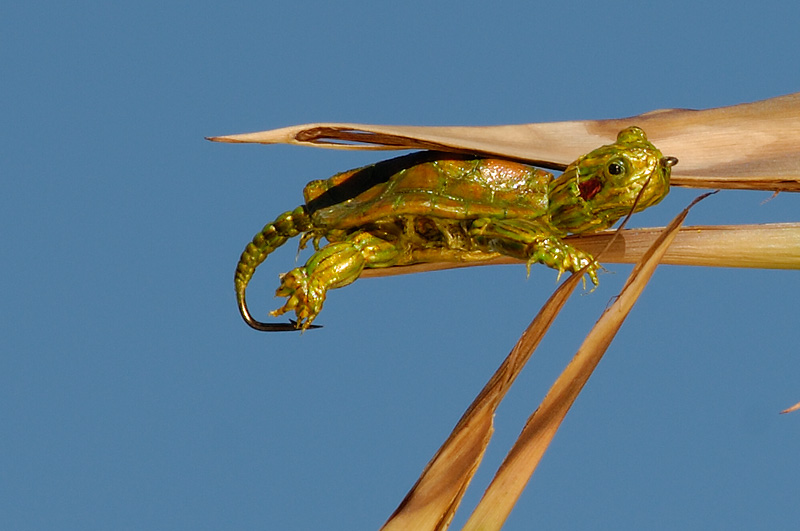
Credit goes to Graham Owen for this amazingly realistic fly pattern. Step by step fly tying instructions can be found here. The swiss straw work, particularly around the head is impressive.
This pattern is an exercise in ultra-realistic fly tying, which is typically distinct from flies that you’d actually want to tie on your leader and fish.
I have to imagine a fly like this is going on display and isn’t actually intended to be fished. No doubt it would work, and a largemouth bass would likely still take this fly. It’s just there’s alot more effort put into this than needed for a fishable imitation.
Freshwater Deer Hair Turtle
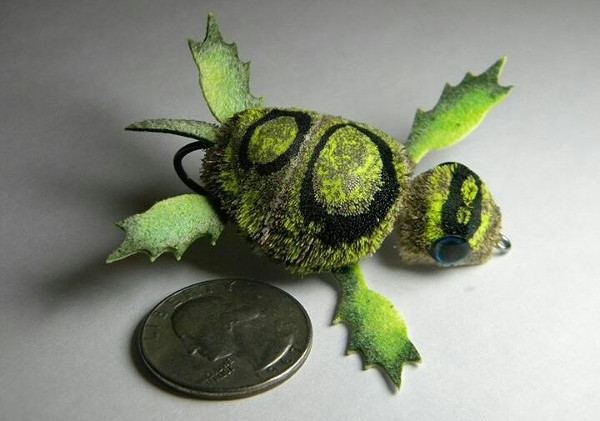
Credit to Instagram User Daniel_has_the_meat_sweats for the tie. Obviously inspired/based off Cohens deer hair patterns, Daniel tweaked the legs and deer hair pattern to better imitate a freshwater turtle instead of a baby sea turtle. As an aside, if you’re tying freshwater turtle flies, consider making them weedless. Turtles are often found in and around heavy weed cover.
Freshwater Turtle Popper
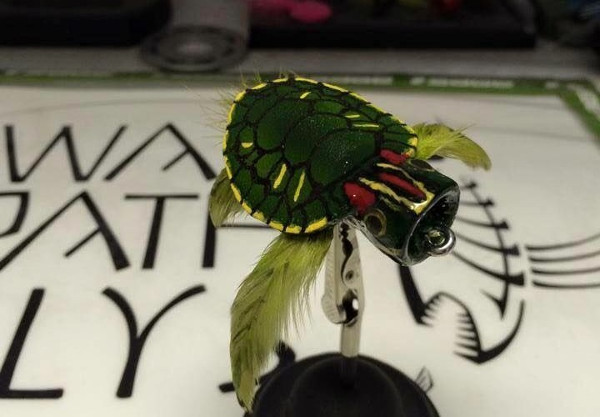
Not sure who to credit for this one. So if anyone knows please let me know in the comments below.
This fly pattern has popper head incorporated into it. This pattern will make a bit more commotion when retrieving the fly. Anyone fishing turtle patterns isn’t doing a finesse presentation, so I quite like this idea.
Foam Sea Turtle Popper
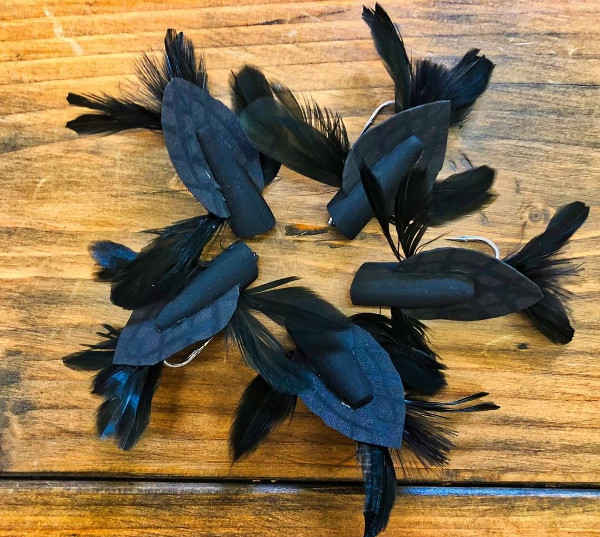
Credit goes to wildonthefly for the pattern.
I was actually expecting most of the patterns I listed here to be made of foam, given that it’s generally an easier material to work with than deer hair. but this is the only foam turtle fly pattern I found that I actually like.
Infact, I really like it. There are patterns listed earlier that take an amazing amount of skill, and will fish well… but you’re not going to crank them out very quickly. This pattern does the trick of imitating a turtle (sea turtle specifically, but a few modifications and it would work as a freshwater turtle imitation), and won’t take forever to tie either.
The fly is built entirely around the pencil body core. With the additional foam and feathers adding the flair to make it a proper turtle imitation.
While it looks fairly light, I’d expect this pattern to catch a fair bit of wind while casting. You’re going to want to use a higher-weight fly line/rod to properly cast these or you’ll be worn out quite quickly.

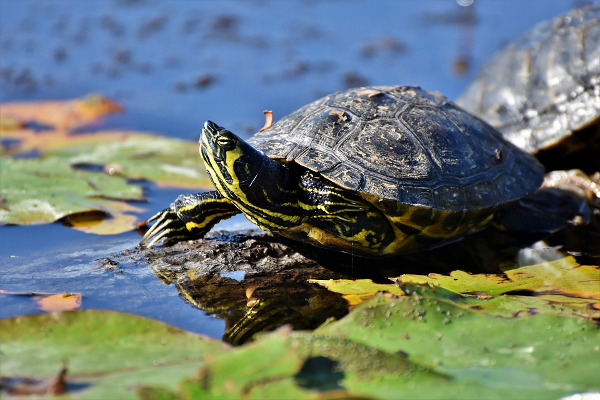
1 thought on “5 Unique Turtle Fly Patterns”